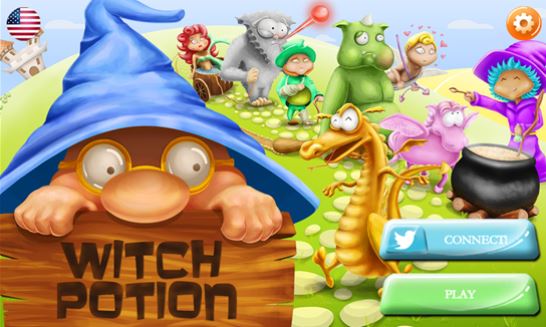Tell us about GamePho and why are you excited about porting the game to Windows Phone 8.1?
“The convergence of the Windows platforms has eliminated difficulties for developers and has certainly simplified our game’s cross-platform operation.”
GamePho is a motion-controller app; it enables gamers to play motion-sensing games on a PC with a smartphone rather than having to buy an additional device. GamePho detects the smartphone in 3D as it moves, allowing the user to control the game on a second screen.
It was quite easy to port GamePho to Windows Phone 8.1, and we were pleasantly surprised when our motion detection algorithms worked flawlessly the first time we tried them after the transition.
Most developers find it burdensome to have to develop games that will deliver a consistent experience across platforms because they usually encounter problems with even the most basic projects. The convergence of the Windows platforms has eliminated such difficulties for developers and has certainly simplified our game’s cross-platform operation. We love the converged app model, and it is particularly relevant to GamePho’s core dual-screen philosophy. Micracast has the potential to simplify our technical operation even further, and that’s exciting.
With the converged app model, we can bundle GamePho into Windows Phone 8.1 games, and users will end up with the game on each of their Windows devices. Some users will play on a big screen using their phones as controllers while others will just enable the GamePho feature in Windows Phone 8.1. We’re creating different yet lively experiences for both screens. For instance, users can play their GamePho-enabled shooter games on Windows Phone and then start playing on a PC, using a phone as a gun, and friends can join in with their gun-phones too.
We think our vision aligns with Microsoft’s, especially with regard to second-screen experiences and convergence. And we are using Windows Phone 8.1 on our development devices, including entry-level devices, and I can vouch that no other mobile operating system performs so well on such devices. The operation is so fluid, one can barely tell the difference between using an entry-level device or a high-level device. Windows Phone 8.1 provides more possibilities to engage users than any other platform.
Which Windows Phone 8.1 features do you plan to use?
“We plan to use [geofencing] to connect players in the same geography and encourage them to play the game together on one of those bigger screens using their Windows Phones as controllers.”
We’ll use many of the new features to increase engagement. For instance, we’ll use the Action Center and Azure to send customized push notifications across different devices, knowing we won’t bother our users since they can choose which notifications to receive on each device. And we’ll make it easier for our users to engage on those multiple devices—including bigger screens and smart TVs—by using Miracast once it’s available.
The geofencing API is fascinating too. We plan to use it to connect players in the same geography and encourage them to play the game together on one of those bigger screens using their Windows Phones as controllers. We’re also planning to get creative with the new Live Tile templates so we can visually inform users about their game progress, giving them reason to keep coming back.
What is your advice to developers?
“The benefits and opportunities to engage your users [on Windows Phone 8.1] are endless compared to other platforms.”
No matter what you are building, keep your audience in mind. Stay in touch with your potential users and get their constant feedback. Design your games according to their needs and desires, and don’t be afraid to redesign. Your final app or game may be very different from what you set out to build because it has to become what the users think it should be.
Don’t hesitate to develop for or port to Windows Phone 8.1. Support for the platform is great, and the benefits and opportunities to engage your users are endless compared to other platforms.

